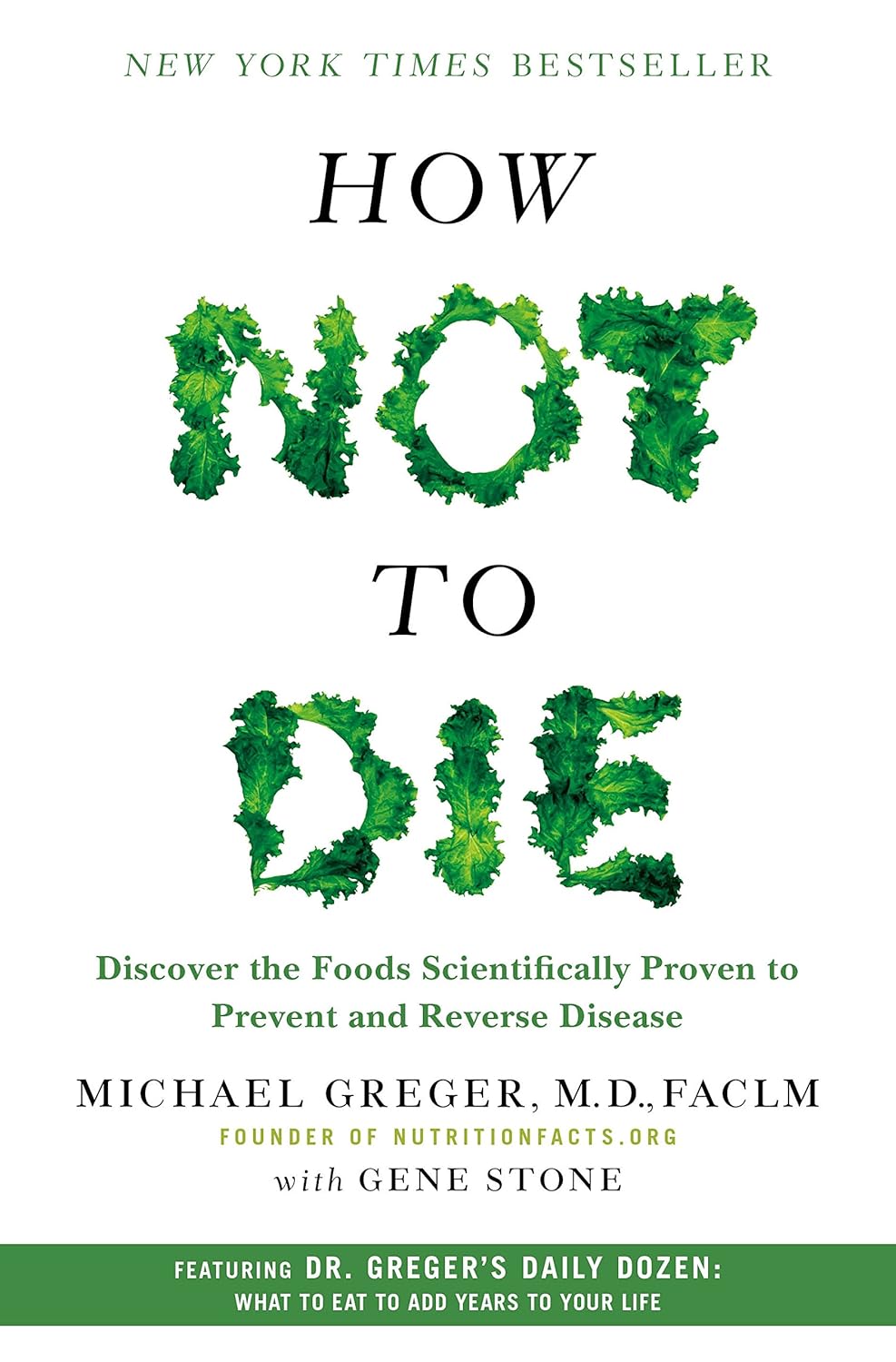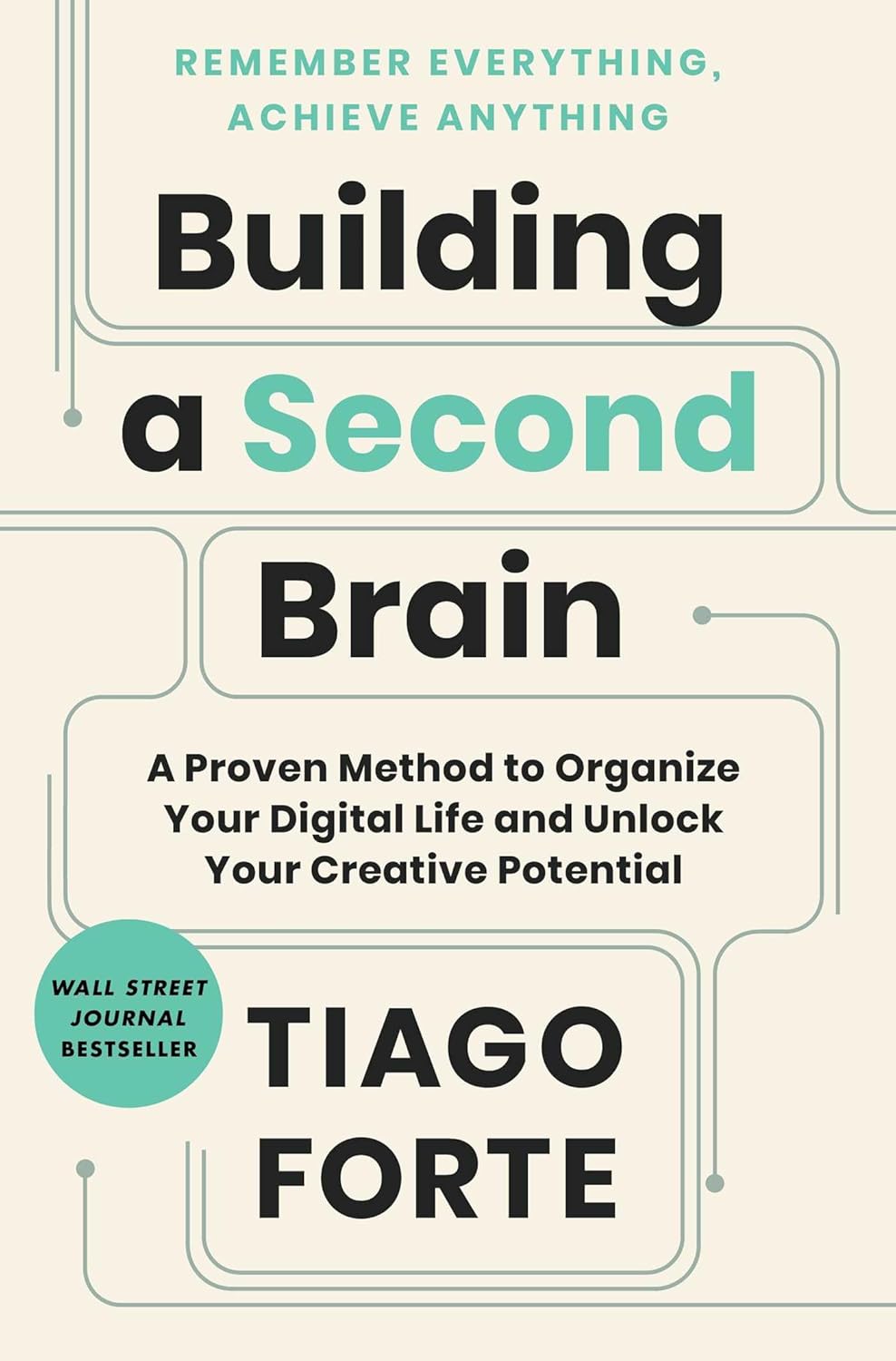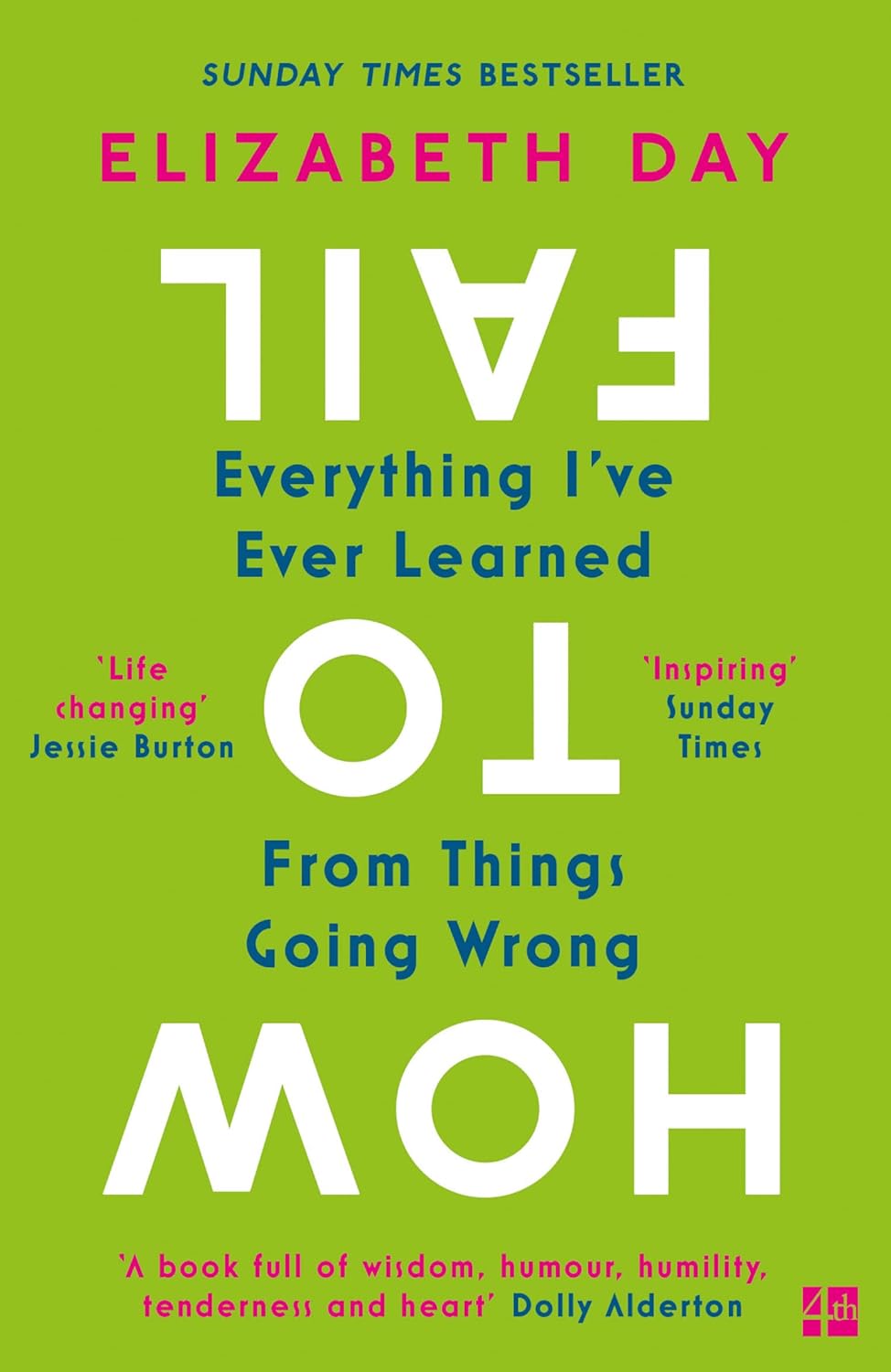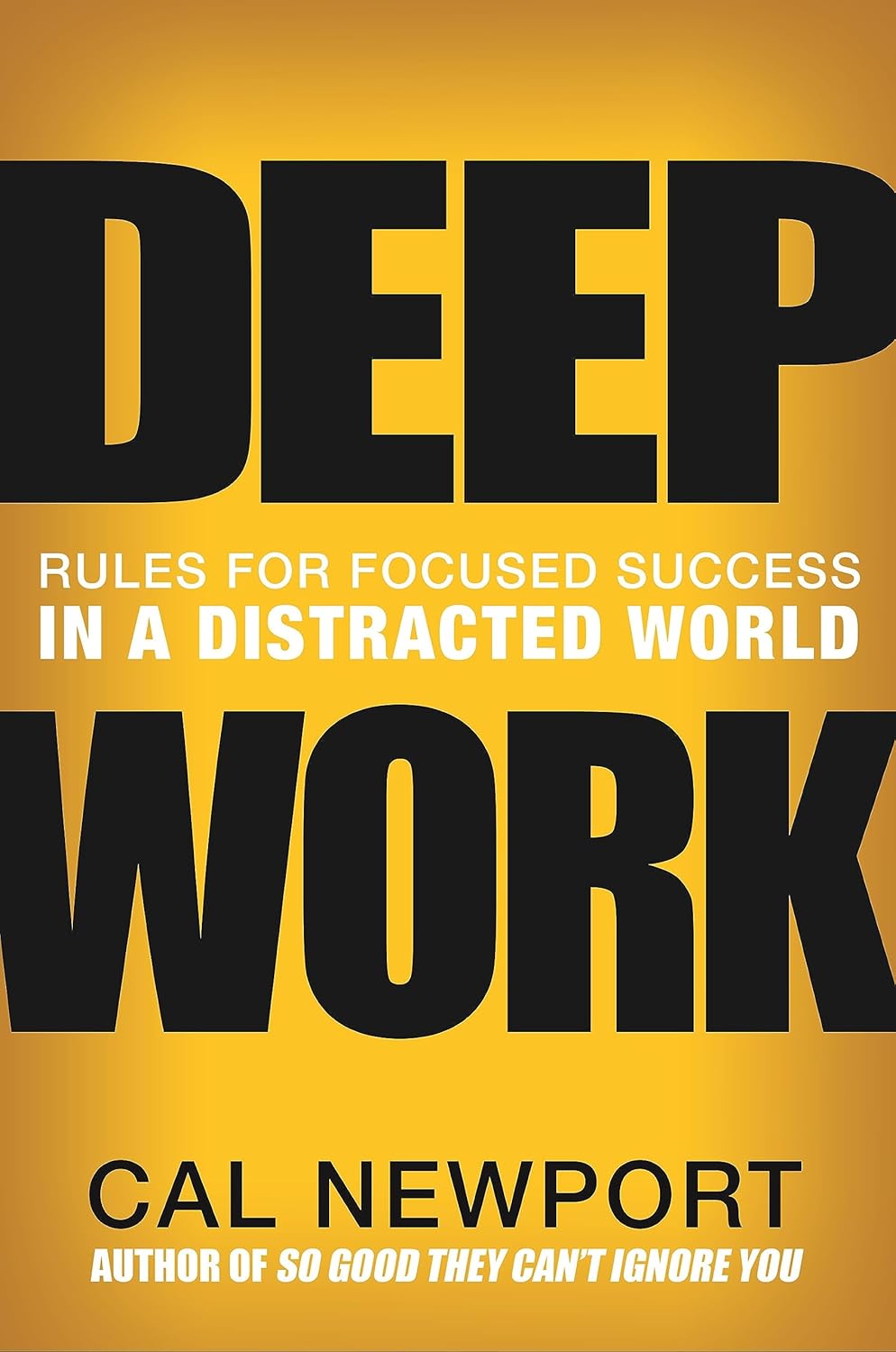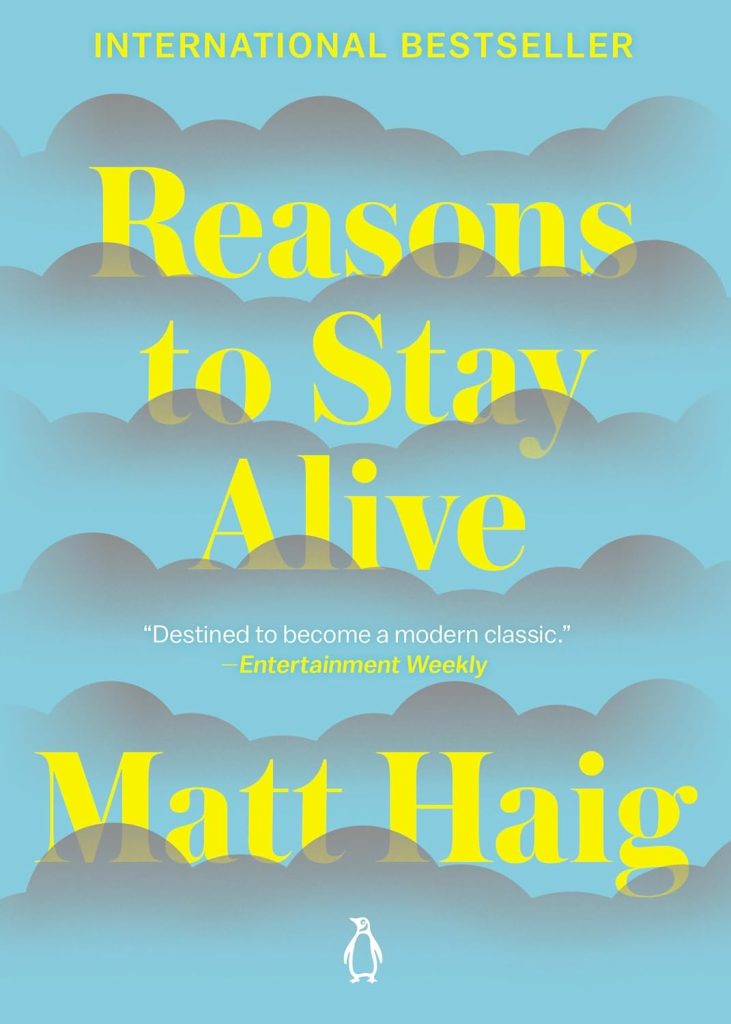
Buy The Book
Reasons to Stay Alive

About
“Reasons to Stay Alive” is a deeply affecting memoir by British author Matt Haig, who is renowned for his insightful explorations of mental health, happiness, and the human experience. Following his own struggles with depression and anxiety, Haig crafts a poignant narrative that blends personal anecdote with broader philosophical reflections.
In this book, Haig shares his journey from the depths of despair to a place of hope, detailing the thoughts and feelings that accompanied his darkest moments. He reflects on the overwhelming nature of mental illness, yet he emphasizes the importance of resilience and the possibility of recovery. Throughout the narrative, Haig offers readers a series of compelling reasons to embrace life, ranging from the beauty of ordinary moments to the profound connections we forge with others.
His lyrical prose and candid honesty create a relatable and supportive atmosphere for those grappling with similar struggles. Ultimately, “Reasons to Stay Alive” is not just a personal account but a universal call to appreciate life’s joys amidst its challenges, making it a vital read for anyone seeking understanding and hope in their mental health journey.

Spark
Learn
Review
✦ Part 1. Falling
The journey begins with a descent into the depths of an overwhelming and consuming inner storm. The mind becomes a battlefield, where every thought feels like a weapon turned inward. The world shrinks, and reality takes on a distorted, suffocating quality. Each moment stretches endlessly, marked by fear, sadness, and a profound sense of isolation. Depression manifests as a relentless, invisible force, an unshakable presence that whispers lies about hopelessness, worthlessness, and despair. The weight of existence feels unbearable, and even basic tasks become insurmountable challenges.
What sets this experience apart is its sheer intensity, a magnification of every sensation and emotion. The mind feels like an uncharted, hostile landscape, filled with shadows and echoes of fear. The physical body is not spared either; there are moments when the heart races, the chest tightens, and breathing feels like a monumental effort. Anxiety often intertwines with the darkness, creating a whirlwind of panic and dread. There is no relief, no escape, only the overwhelming certainty that this will never end.
The burden of stigma adds another layer of pain. Misunderstanding and judgment from others deepen the wounds, as depression remains largely invisible to the outside world. It becomes a lonely battle, where speaking out feels impossible, even though expressing the struggle could bring some relief. Words, both spoken and written, hold the potential to connect and heal, yet they often feel inadequate against the enormity of the pain.
Despite the darkness, there is a faint, fragile glimmer of hope buried within the chaos. The realization that depression lies about the future becomes a lifeline. The mind may scream that there is no way out, but time is a silent ally, promising that the storm will eventually pass. Depression is not the entirety of existence, though it tries to convince otherwise. The tunnel, though seemingly endless, does have light at the other side.
The experience of falling into depression reveals the profound complexity of the human mind. It is not simply sadness; it is a hurricane, a force that challenges every aspect of being. Yet, even in its darkest moments, the possibility of survival exists. The descent may be terrifying, but it is not the end. There is still a chance to rise, to reclaim life, and to rediscover the light that once seemed lost.
✦ Part 2. Landing
Emerging from the initial chaos of the fall, there is a fragile period of adjustment, a tentative re-entry into existence. This phase is marked by small, often unnoticed victories. Each step forward, no matter how minor, represents an act of courage. The body and mind begin to find a rhythm, however uneven, as the storm’s intensity gradually lessens. The days are still heavy, and time moves slowly, but there are glimpses of something close to normalcy.
The realization dawns that recovery is not a linear process. There are peaks and troughs, moments of clarity followed by setbacks. It becomes essential to accept this unpredictability, to understand that healing is a journey rather than a destination. The focus shifts from trying to eradicate all pain to learning how to live alongside it. Minds, like the weather, have their own systems, and storms do not last forever.
Support from others becomes a crucial factor in this phase. The presence of loved ones, their patience and understanding, provides a foundation upon which to rebuild. Conversations, even those that seem trivial, can offer solace and connection. The simple act of being there for someone holds immense power. It is not about having all the answers; it is about showing up and listening without judgment.
There is also a growing awareness of the importance of self-care. Small acts of kindness towards oneself, such as rest, nourishment, and moments of calm, begin to accumulate. The body, often neglected during the fall, becomes a focus of attention. Exercise, fresh air, and gentle movement help to ground the mind and anchor it in the present. The physical and mental are intricately connected, and tending to one often benefits the other.
Finding meaning in the experience becomes another step towards recovery. Depression, for all its pain, can offer lessons about the self and the world. It can deepen empathy, expand understanding, and foster a greater appreciation for life’s small joys. The act of surviving becomes a testament to resilience, a reminder that even in the darkest times, there is strength to be found.
The process of landing is not without its challenges. The mind may still echo with doubts and fears, and the path ahead may seem daunting. But each day survived is a day closer to light. The tools of recovery—patience, support, self-care, and perspective—are not quick fixes, but they are effective over time. The journey is far from over, but the foundations for hope are being laid. Slowly, life begins to feel possible again.
✦ Part 3. Rising
There comes a moment when the weight starts to lift, even if only slightly. Small victories, like surviving a panic attack or walking into a shop alone, begin to feel like monumental achievements. The shift is gradual and almost imperceptible at first, but the moments of light—though fleeting—become impossible to ignore. A fleeting thought about breakfast, or a neutral moment free from sadness, feels like a crack in the clouds. These moments, no matter how small, are reminders that the storm is not permanent.
The journey toward rising is not straightforward. It requires effort, determination, and a willingness to face fears head-on. The realization dawns that avoiding the things that bring fear only strengthens their grip. To conquer anxiety, it becomes necessary to confront it. Small acts of defiance against the fear—like walking further than before or staying calm in uncomfortable situations—begin to build strength. Each little step forward creates a sense of resilience.
Support from loved ones plays an essential role. The encouragement to keep going, even when it feels impossible, helps to find strength that once seemed lost. Love becomes a reason to keep moving, a thread that holds everything together. It is not about grand gestures but about showing up and being present. Connection becomes a lifeline, anchoring the mind to something outside itself.
There is also a rediscovery of the outside world. Travel, even to nearby places, becomes a way to shift focus outward. New surroundings lessen the grip of introspection, offering fresh perspectives and a reminder of the world’s vastness. Movement—whether through running, walking, or simply stepping outside—becomes a physical manifestation of progress. The body, once weighed down by fear, starts to feel alive again.
Books and stories offer another source of strength, acting as maps to navigate the complexities of the mind. Words, whether read or written, provide a way to process emotions and make sense of the chaos. They become a way to escape and return at the same time, helping to rebuild a narrative of hope. The realization grows that life, like a story, can change, and that the darkest chapters do not define the whole.
Rising is about reclaiming life piece by piece. It is about understanding that setbacks will happen, but they do not erase progress. It is about finding tools—whether running, writing, or simply breathing—that make existence manageable. Rising is not a single moment of triumph but a steady climb toward the possibility of joy. It is not about being free from all pain but about learning to live with it and finding moments of peace within the struggle.
✦ Part 4. Living
Living again means confronting a world that once felt too overwhelming. It is not just about surviving but about rediscovering what it means to exist fully. The small things—sunlight streaming through a window, the sound of laughter, the taste of good food—take on new significance. Life becomes a collection of moments, each one worth holding onto.
The world is not designed for peace of mind. Advertising, technology, and societal pressures conspire to create a sense of inadequacy. The constant push for more—more possessions, more success, more perfection—feeds anxiety and discontent. Living becomes an act of rebellion against these forces, a choice to find contentment in the simple and the real.
Time, once a source of fear, starts to feel less oppressive. Moments of awareness, of being fully present, stretch time and create a sense of calm. Slowing down, whether through meditation, yoga, or simply focusing on the breath, helps to counteract the frantic pace of modern life. Living is not about rushing to the next goal but about appreciating the now.
Love remains central. It is not just about romantic love but about connection in all its forms. Family, friends, and even strangers offer a sense of belonging. Kindness becomes a way to connect with others and with oneself. Acts of compassion, no matter how small, create ripples of positivity that extend outward.
There is also a renewed understanding of the self. The mind, once a source of torment, becomes something to observe rather than fear. Thoughts lose their power to define reality. They are just weather passing through, not the sky itself. This shift in perspective brings a sense of freedom, a realization that the self is more than its darkest moments.
Living means embracing imperfection. There is no need to be constantly happy or successful. Life is messy and unpredictable, but that is what makes it beautiful. Every experience, even the painful ones, contributes to a deeper understanding of what it means to be human. The past cannot be changed, but the way it is carried can be.
Laughter, love, and lightness return, not as constant companions but as frequent visitors. The ability to laugh until it hurts, to feel joy in unexpected places, and to find beauty in the mundane becomes a reminder of what it means to be alive. Living is not about erasing the scars but about wearing them as proof of survival.
The act of living, after so much struggle, becomes an act of courage. It is about choosing hope over despair, connection over isolation, and presence over distraction. It is about knowing that life is not perfect but still worth it. Living is a celebration of resilience, a testament to the strength it takes to rise and face each new day.
✦ Part 5. Being
Living with a thin skin becomes both a vulnerability and a strength. Sensitivity to the world, while overwhelming at times, allows for a deep connection to life. Emotions are felt vividly, and the beauty of existence becomes sharper, more tangible. Accepting this sensitivity is essential. Fighting it only leads to more pain, while embracing it brings clarity and understanding. The thin skin that once seemed like a curse becomes a gift, a way to experience life fully, even with its ups and downs.
Depression and anxiety, though terrifying, contribute to this perspective. They shape an understanding of life’s fragility and its wonders. They allow for gratitude in moments of calm and joy. Emotions come in waves, and there is a growing ability to ride them rather than be drowned by them. The storms that once seemed endless now appear as temporary weather patterns. They pass, leaving skies clear enough to see the vastness of existence.
The key to being lies in acceptance. There is no need to constantly strive for happiness or perfection. Life is not a race to be won or a problem to be solved. It is simply to be lived, moment by moment. Awareness becomes a tool, a way to anchor oneself in the present. Observing thoughts, rather than becoming them, creates space to breathe and be. The mind, once a source of torment, becomes something less frightening when approached with compassion and understanding.
Connection to the world and others becomes a vital element of being. Recognizing shared humanity fosters empathy and kindness. Every person is navigating their own struggles, and this shared experience creates a sense of unity. Acts of kindness, whether small or large, bring light not only to others but also to oneself. Compassion becomes a way to transcend the isolation of the mind and feel part of something greater.
Time, once feared, is no longer a relentless enemy. It is no longer about rushing forward or dwelling on the past but about appreciating the now. Slowing down and noticing the small details—the feel of the breeze, the sound of laughter, the beauty of a tree—grounds the mind in the present. The act of being becomes an act of mindfulness, a way to find peace in the chaos of life.
There is also a renewed appreciation for imperfection. Life does not have to be flawless to be fulfilling. The scars left by pain and struggle are not weaknesses but marks of survival. They are reminders of strength and resilience, proof that it is possible to endure and move forward. The messiness of life, with all its unpredictability, becomes something to embrace rather than resist.
To be is to accept life as it is, to let go of the need to control or fix everything. It is to recognize that life is fleeting and precious, and that every moment, even the difficult ones, holds value. Being is not about achieving or proving anything. It is about existing, feeling, and connecting. It is about finding peace in the simple fact of being alive.
For People
– Individuals struggling with depression or anxiety
– Friends and family members of those with mental health challenges
– Mental health professionals seeking relatable insight
– Anyone seeking inspiration for personal resilience
– Readers interested in the human experience and mental wellness
Learn to
– Greater understanding of mental health struggles
– Enhanced empathy towards those facing similar challenges
– Practical strategies for coping and recovery
– Insight into the importance of human connection
– Encouragement to find joy in everyday moments





